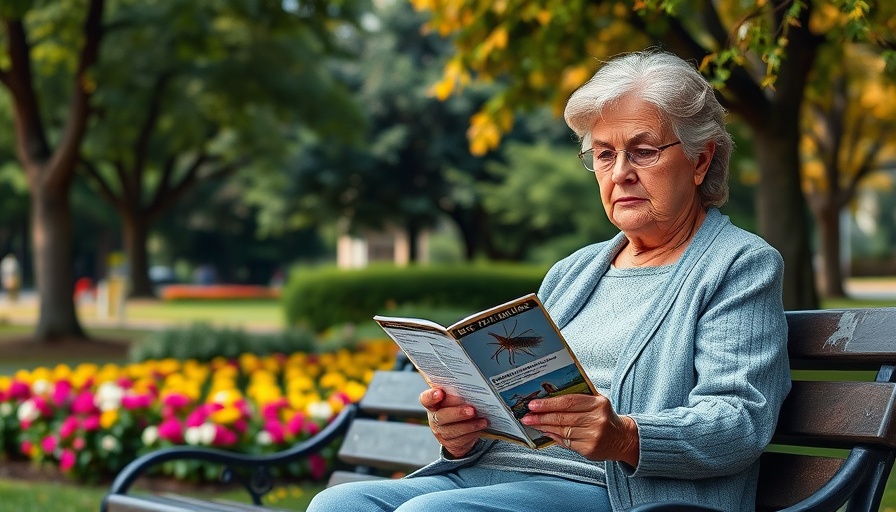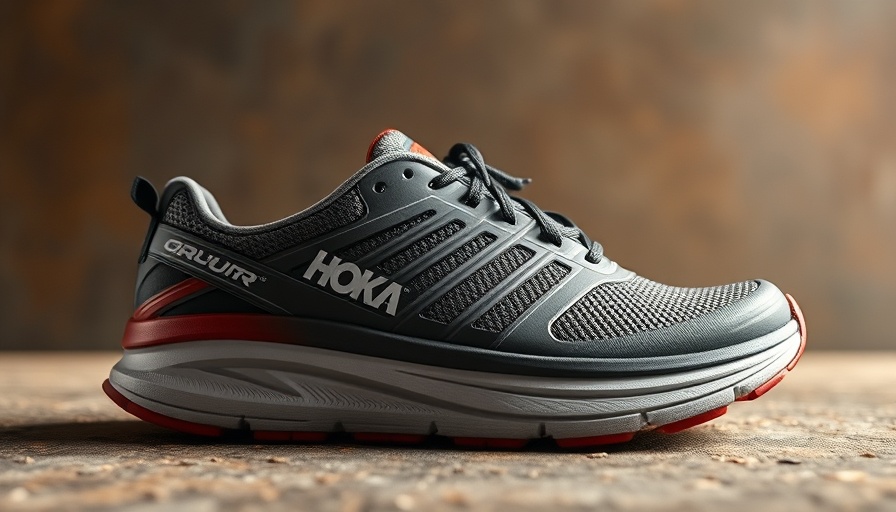
The Essentials Before Embarking on the Dodentocht
Every year, the Dodentocht, or "Death March," attracts adventurous souls eager to challenge themselves with its grueling 100 km trek. It's not just about physical endurance; understanding the necessary preparations is vital for enhancing the experience and ensuring safety. With careful planning and smart strategies, anyone can tackle this challenge confidently.
Avoiding the Dreaded Hunger Knock
One of the most pivotal tips for participants is to avoid a "hunger knock." This phrase signifies a complete energy depletion that can halt progress. Nutrition experts emphasize the importance of fueling your body consistently throughout the trek. It's not enough to eat a hearty meal before the event; maintaining stable energy levels requires frequent snacking. Pack lightweight, easy-to-digest food like energy bars, fruit, and nuts to munch on regularly.
Understanding Hydration's Role
Alongside nutrition, hydration plays a crucial role. Many hikers underestimate their water intake—especially when engaged in physical activity for extended periods. As one seasoned hiker noted, "Drink before you’re thirsty." This proactive approach to hydration can mitigate fatigue and improve performance. Bring a refillable water bottle or hydration pack to ensure you have constant access to fluids.
Setting Realistic Goals
A key component in a successful Dodentocht experience is establishing realistic goals based on your fitness level. Participating in a few shorter hikes leading up to the event can help acclimate your body to long durations of walking. Listen to your body throughout the event; it’s okay to take breaks and adjust your pace. A positive mindset can greatly influence your overall performance.
The Importance of Comfort
Comfort is paramount during such a strenuous event. Selecting the right gear—especially footwear—cannot be overstated. Blisters and sore feet can quickly derail your journey. Choose well-fitting, broken-in shoes, and invest in moisture-wicking socks to minimize discomfort. Additionally, wearing breathable, layered clothing will help in adapting to changing weather conditions throughout the day.
Building Mental Resilience
Not all challenges are physical; mental fortitude plays a significant role in your success. Visualization techniques can be powerful. Picture yourself crossing the finish line or reflecting on previous hiking accomplishments to inspire determination. Remember, the Dodentocht is as much a mental journey as it is a physical one.
Engaging in Community and Support
Lastly, participate with a group or a buddy. The shared experience of facing such a significant challenge together can bolster your motivation and provide much-needed support when fatigue sets in. Moreover, the Dodentocht community is filled with seasoned participants willing to share tips and encouragement, making it a shared journey of camaraderie.
Final Thoughts and Encouragement
Preparing for the Dodentocht involves much more than just physical training. With insights into nutrition, hydration, goal-setting, comfort, and mental resilience, you're well on your way to a successful hike. Embrace the journey, and remember: every step brings you closer to achieving a significant milestone in your adventure.
As you gear up for this remarkable challenge, take the time to prepare not only your body but your mind and spirit too. Challenge inspires growth, so step forward with confidence!
 Rij toevoegen
Rij toevoegen






Write A Comment